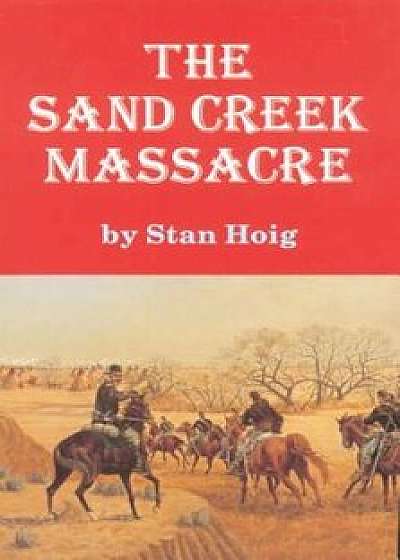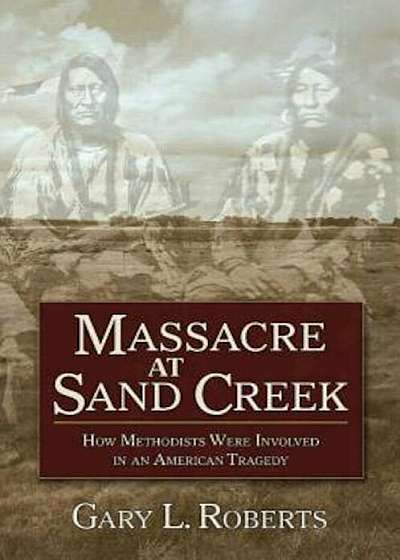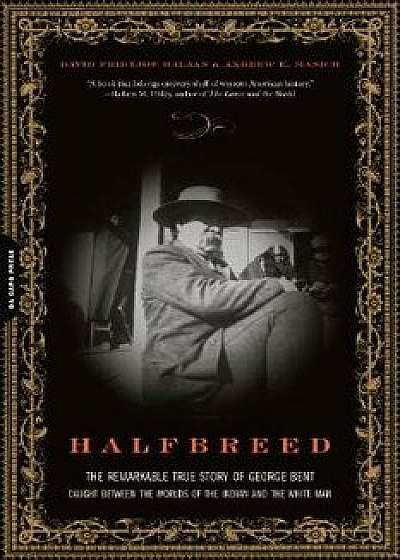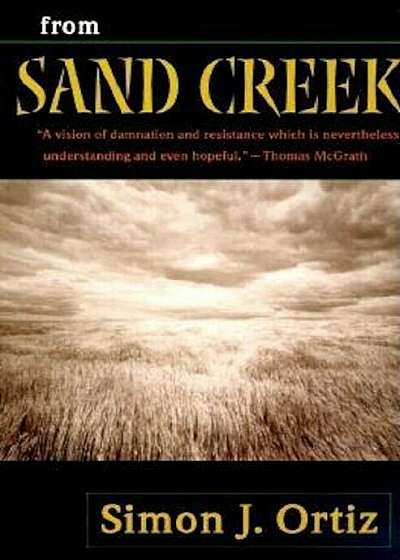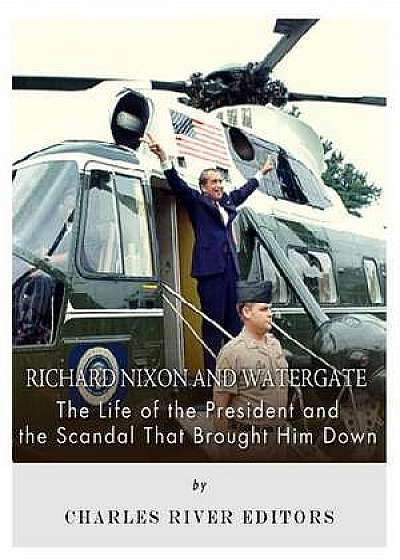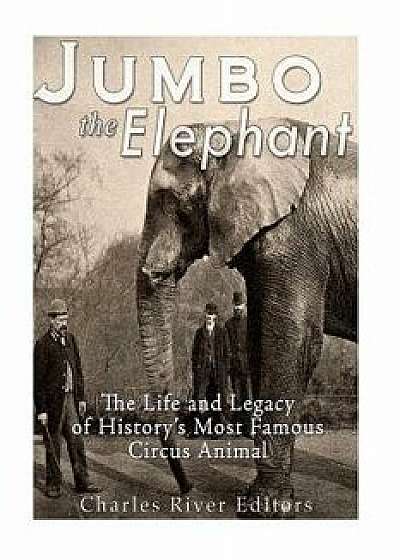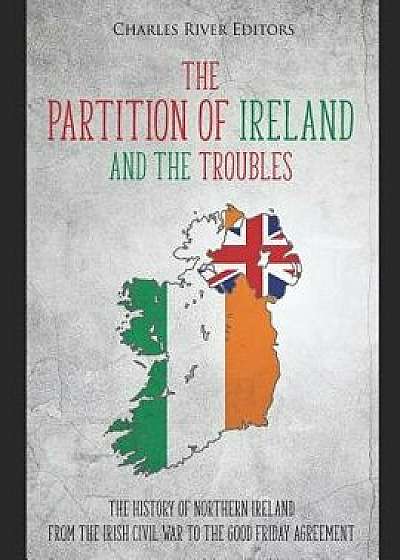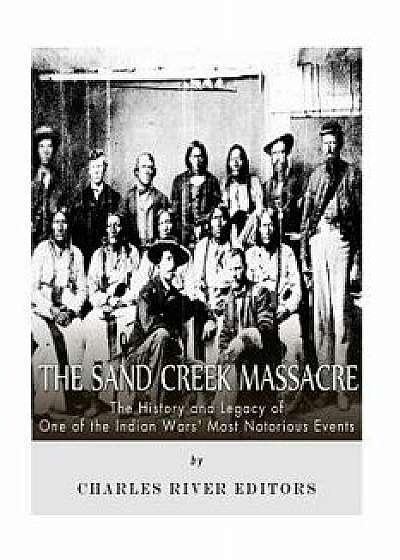
The Sand Creek Massacre: The History and Legacy of One of the Indian Wars' Most Notorious Events, Paperback/Charles River Editors
Descriere
Description Includes pictures Includes accounts of the massacre by survivors and soldiers Summarizes the official investigations and their findings Includes a bibliography for further reading Includes a table of contents Sand Creek is a relatively small stream of water tributary to the Arkansas River in a dry, sparsely-populated cattle ranchland area of southeastern Colorado near the Kansas border, but at this otherwise unremarkable location on the Great Plains, one of the worst massacres ever perpetrated against Native Americans in 250 years of ongoing conflict took place. On the morning of November 29, 1864, Colonel John Chivington led 700 militiamen in a surprise attack against Cheyenne leader Black Kettle's camp at Sand Creek. Chivington was a fire and brimstone Methodist minister who had publicly advocated indiscriminately killing Native American children because "nits makes lice." Warning his men ahead of battle, Chivington stated, "Damn any man who sympathizes with Indians I have come to kill Indians and believe it is right and honorable to use any means under God's heaven to kill Indians " According to Cheyenne oral tradition and several surviving soldiers' accounts, as soon as Black Kettle saw Chivington's men coming, he raised an American flag on a pole and waved it back and forth calling out that his Wutapai band was not resisting. Ignoring his cries for mercy, the soldiers commenced firing, cutting down an estimated 70-200 Cheyenne, about two-thirds of whom were women and children. The Cheyenne claimed that soldiers shot babies in the head at point-blank range, raped Cheyenne women, and scalped dead warriors. The following morning, Army Lieutenant James Connor, who had refused to follow Chivington's orders, visited the scene of the massacre and reported, "In going over the battleground the next day I did not see a body of man, woman, or child but was scalped, and in many instances their bodies were mutilated in the most horrible manner - men, women, and c
